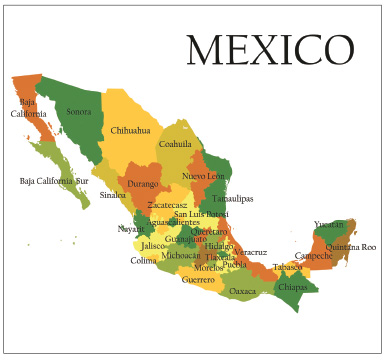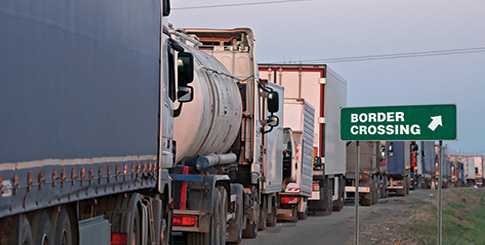South of Colima, the state of Michoacán harvests honeydew, cantaloupe, limes, and a handful of vegetables, but has become world-famous for its unparalleled production of avocados.
Chihuahua, which sits just east of Sonora on the Gulf of Mexico, primarily produces squash and tomatoes. Further south on Mexico’s Gulf Coast, Veracruz produces bananas, green beans, and chile peppers, among other commodities.
Protected Agriculture
In recent decades, advances in protected culture technology have revolutionized Mexico’s agriculture industry. Protected culture, which includes everything from lower-tech shade houses and tunnel areas to sophisticated greenhouses, is another driving force in Mexico’s flourishing fruit and vegetable trade.

Central Mexico is home to many of the highest-tech greenhouse operations, made from plastic or glass and complete with contemporary heating systems. Other structures, mostly located in Northern Mexico, grow in lower-tech protected agriculture environments, such as mesh shade houses or tunnel systems.
For quite a few commodities, particularly tomatoes, Mexico growers have moved away from open field production to protected agriculture operations. Greenhouse acreage has mushroomed in Mexico from just over 1,700 acres in 2000 to 60,000-plus today. On average, the country’s greenhouse industry grows by nearly 3,000 acres each year.
Many Mexican growers are making the switch as an ideal solution to problems like limited water availability and threats from pests and disease. Protected agriculture generally results in higher yields and more consistent quality of product.



